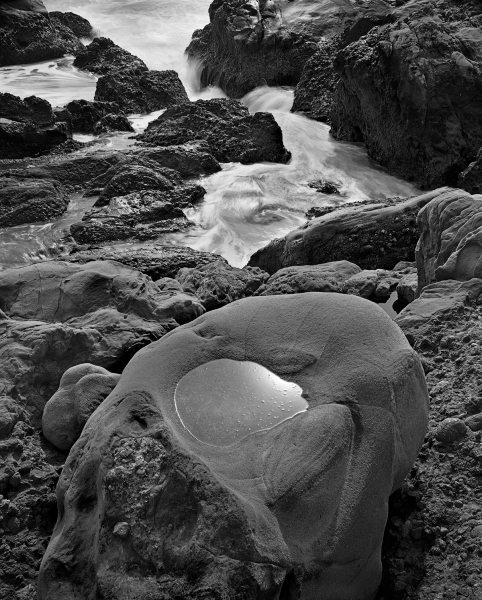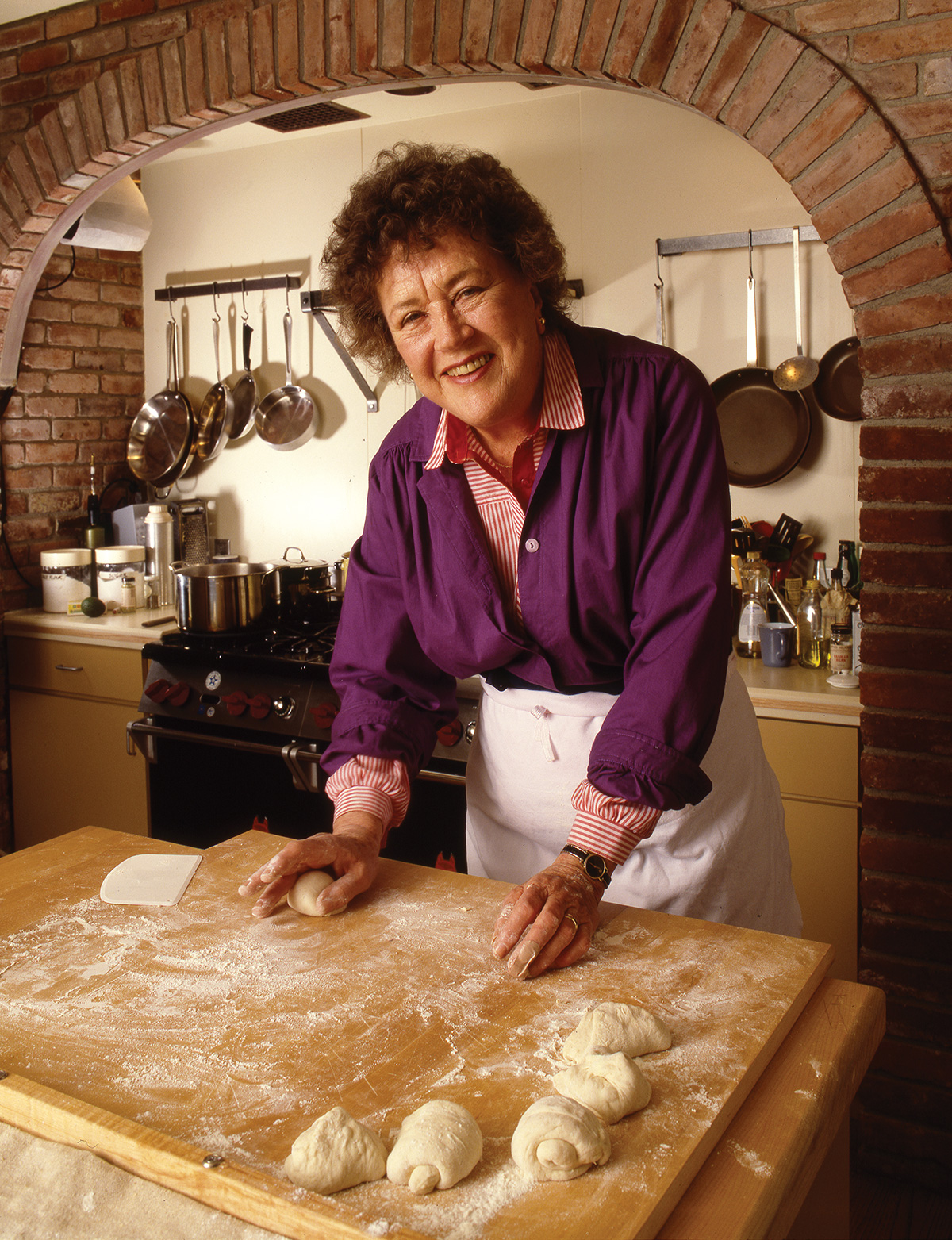Alan Ross: A little bit of talent, a little bit of chutzpah, and a little bit of luck
Photographer Alan Ross shares lessons learned from a stellar career that included assisting Ansel Adams.
• April 2018 issue
An unpretentious icon shares the greatest lessons of his career
Alan Ross describes his career progression as “a little bit of talent, a little bit of chutzpah, and a little bit of luck.” It’s a humble characterization of a career that has included an impressive array of experiences, from working with Ansel Adams to creating commercial images for some of America’s biggest brands. Yes, Ross has had an uncanny ability to be in the right place at the right time. However, what he did with those opportunities has made all the difference. His painstakingly built career has progressed by carrying the legacy of his mentors through his own lens.
During Ross’ early professional days, a trio of mentors helped shape and refine his career. They were aerial photographic pioneer William Garnett, Ross’ photography professor at the University of California, Berkeley; San Francisco fine art and commercial photographer Milton Halberstadt, who gave Ross his first job as a photographic assistant; and the legendary Ansel Adams, with whom Ross worked for more than a decade and who eventually entrusted him to be the exclusive printer of the Ansel Adams Yosemite Special Edition print collection. (Ross continues this work today, still printing from Adams’ original negatives.)

Most photographers would be thrilled just to meet three such Wikipedia-worthy photographers. Ross made the most of his opportunities, working under the tutelage of these photographic icons for more than 15 years, uncovering invaluable insights into the world of professional photography. Ross eventually used that knowledge to create a commercial photography studio in San Francisco, which he ran for more than a dozen years. These days, he enjoys a peaceful pace of life in Santa Fe, New Mexico, where he teaches, does commercial photography, and creates fine art for galleries and dealers around the country and in Europe and Asia.
It’s been an interesting ride, marked by lessons learned from some of the industry’s best minds. Ross shares some of those lessons here.
Follow your passion. “Make photographs because you want to make them,” says Ross. “That’s one of my most important pieces of advice. Make photographs that interest you. When you’re passionate about what you’re doing, it shows in the work.”

But be practical about your passion. Passion inspires, but at the end of the day, everyone needs to make a living. It’s important to apply your passion to work that pays. “Doing paying work doesn’t mean we have to shut off our creativity or our enthusiasm,” says Ross. “I can say from experience that taking on assignments that you may never have considered may open up new doors for you. Accept the challenge, see the creativity in what may not seem inspiring at first.”
Assist your way to independence. There is much to be learned by assisting an established pro. Assisting can also open doors in terms of connections and access to a network of established pros. “Assisting someone is a fabulous way of getting into the field,” comments Ross. “Any opportunity to work in another studio is time well spent. So much of my career was built upon the experiences I had working for Halberstadt and Adams and the many connections I made through them.”
Do what it takes. “Ansel Adams was a consummate professional,” says Ross of his mentor. “When he decided to dedicate himself to photography, he went at it full bore with the goal of supporting a family. He wasn’t always a world-famous landscape photographer. At first, he photographed Chinese kindergarten classes, portraits, architecture—anything he could get paid to do. One of his first books was on artificial lighting. It was his occupation, and he did what it took to make a living.”

Ordinary can lead to extraordinary. Practice makes perfect. Sometimes that means creating decidedly mundane images en route to creating something exceptional. “Going through Ansel Adams’ materials, what always surprised me was the number of ordinary images he made,” recalls Ross. “But he learned from each one. If he flubbed an image, he learned from it and got better. Because you can’t afford to make a bad image when someone’s paying you for it. When Ansel was hired to do something, he didn’t ever want to hit a wrong note. So he practiced and practiced until he got everything right. That’s the attitude it takes to be successful in this job.”
Build a transferable platform. When building a photography career, it’s helpful to have a work platform that you can take with you anywhere. That way, if you relocate, you have a base to renew your business without having to start over from scratch. “In my case, when I relocated from San Francisco to Santa Fe, I had photo reps in L.A. and an art director in New York who regularly sent me work,” says Ross. “That helped ease the transition because I had work coming in even as I was trying to establish myself in a new market.”
Diversify. Ross stresses the importance of having a mixed base of income so you’re not overly dependent on one source. Even if you hyper-specialize in a niche of photography, your outlets for sales can be diversified—for example, licensing images to ad agencies, selling prints to collectors, and doing assignment work for editorial clients. Build a multi-pronged business so you have avenues to fall back on if one area falters.

Find art in your everyday work. Bring artistic exploration into your client work, and slowly build up your portfolio with the kinds of images you want to make. “Look for the art in the everyday,” says Ross. For example, Ross grew up in Sausalito, California, in the shadow of the Golden Gate Bridge. It never occurred to him to photograph this routine sight that he passed every day until Bank of America commissioned him to do so. Looking at the bridge with new eyes, he created a series of photographs that helped spark his commercial photography career and led to some highly successful fine art images. “It’s important to see things that you might pass by every day, do things you’d never think of, be open to new ways of doing something that seems routine, and then let one thing lead to another,” advises Ross.
Find your ideal clients. Try to find clients who want you to do something that interests you. Contact agencies and buyers you want to work for who are doing work you admire. Aim to work with clients in a field you’re interestd in. Pursue your ideal clients instead of waiting for them to stumble upon you.
Be active in your interests. Finding those ideal clients can seem like a daunting task, but it isn’t. You can shape your career by pursuing your personal and professional passions. People want to work with others who share their interests and who contribute to the causes about which they’re passionate. So get involved. Read and submit to relevant publications, participate in Internet forums, be active in social media communities, join groups, and support organizations. Above all else, embrace what excites you, and then follow the inspiration.
RELATED: A gallery of Alan Ross images
Jeff Kent is the editor-at-large of Professional Photographer.


 View Gallery
View Gallery


